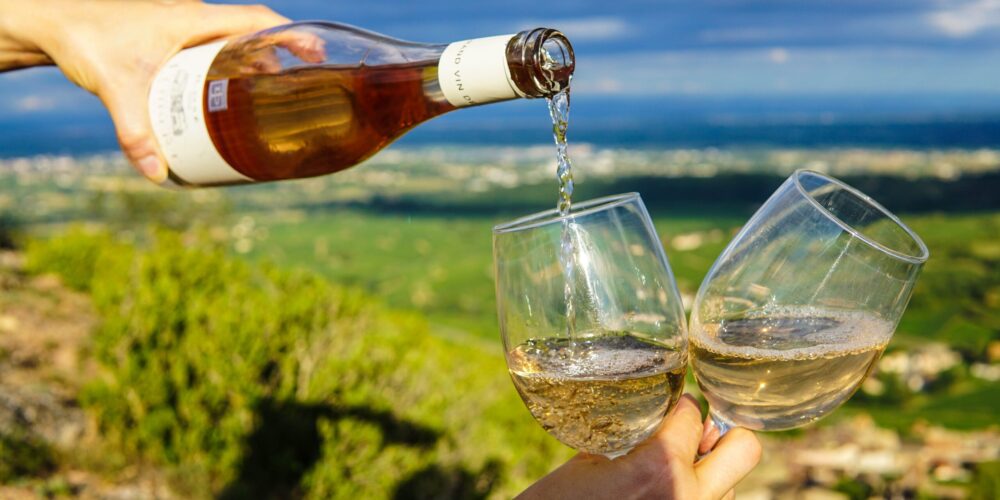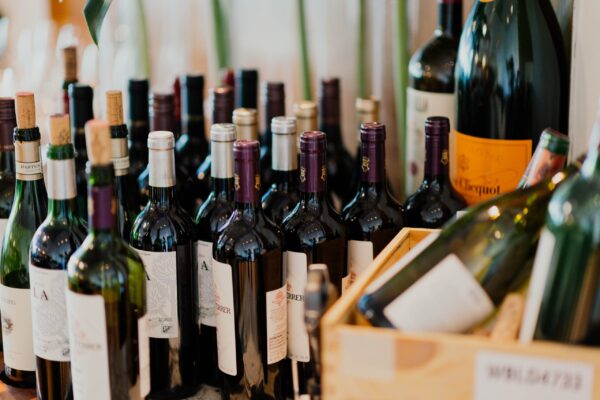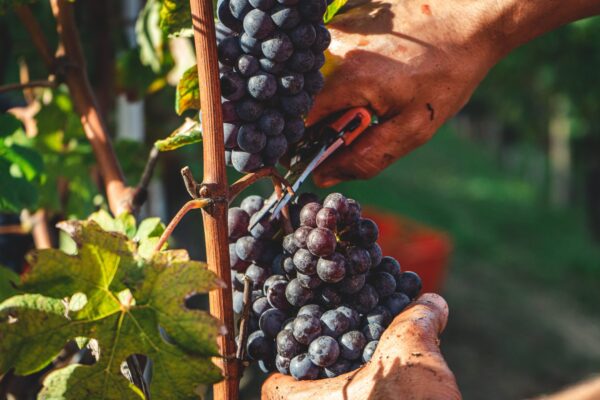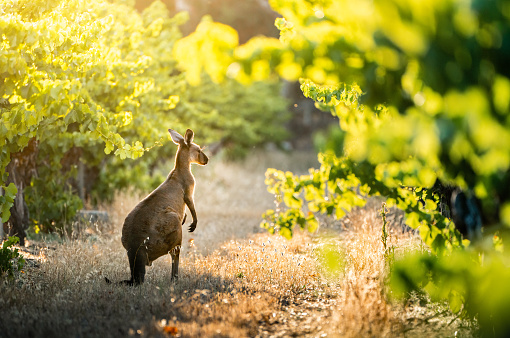Rosé has become the “in-thing” for summer over the last few years. It’s a wine that evokes the Provençal life and alfresco dining. In this article, find out where rosé comes from, how it’s made and why it’s so popular.
Rosé, a growing trend
Originating from Provence, rosé is highly appreciated for its affordable price range, versatile food-pairing possibilities and ever increasing quality. People quite simply like it for its easy-drinking style.
It symbolises the summer party spirit and has become a mainstream product over the years. Today, you can find different ranges including age-worthy rosé or gastronomic rosé that has potential to evolve and can be enjoyed all year round. You can also find sparkling rosé, aromatised rosé and sweet styles, such as the medium-sweet Cabernet d’Anjou. So there really is a rosé for everyone.
Rosé production methods
You might think you blend red and white wine to obtain rosé, but that is only the case with pink champagne. There are actually several ways to make this delicate wine.
To describe the production method, we talk about the “saignée” method or “direct pressing”.
Saignée method rosé has a deepish raspberry or cherry pink colour and is richer on the palate. The deepness of colour results from the maceration of the skins with the must.
Direct pressing is the more modern method and produces paler, livelier rosés. The must is only in contact with the skins for a short time at pressing. Colours can range from a delicate lychee-like hue to apricot pink.
These rosés are generally intended for drinking within a year or two. Some age-worthy vintages can, however, keep for several years.
Appellations and grape varieties
France is the leading producer and consumer of rosé. You are probably familiar with some of the largest appellations like Côtes de Provence, Tavel, Bordeaux Rosé or Coteaux d’Aix-en-Provence.
Although Provence is the largest producer of rosé, with 40% of all French AOC rosé, other neighbouring countries, like Italy, Spain and Morocco, also produce some very nice rosé.
Most rosé from the south of France is a blend of Cinsault, Syrah, Mourvèdre and Carignan while the varieties used in the north are Pinot Noir, Gamay and Cabernet-Sauvignon.
But most importantly… what can you eat with rosé?
Salads, tarts, vegetable quiches, poke bowls, grilled fish, barbecued meats… that’s right, from starters through to desserts, rosé is the ideal pairing for your summer dishes.
A Bandol Rosé, for example, will go brilliantly with an aubergine gratin with piment d’Espelette chilli pepper.
Et pour en savoir plus sur les accords mets et vins, n’hésitez pas à écouter notre podcast, animée par notre oenologue Béatrice Dominé et le MOF Sommelier Laurent Derhé.
Learn more
Find out all our basic food and wine pairing tips and learn how to match food and wine from starter courses through to desserts, with French master sommelier Laurent Dehré. Read the article




